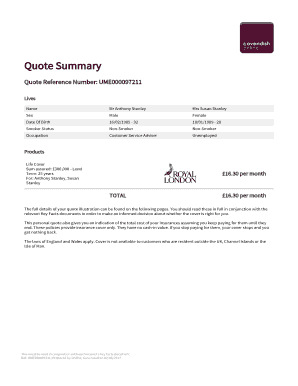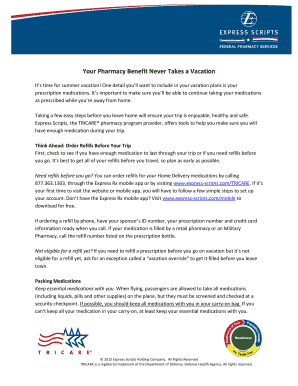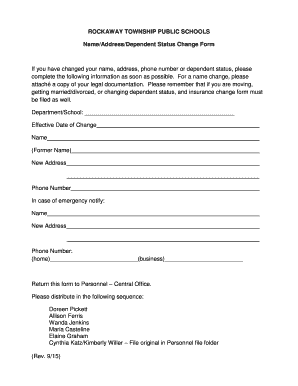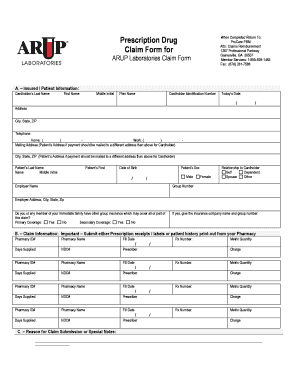What is Organizational Structure Checklist Form?
The Organizational Structure Checklist is a Word document that can be filled-out and signed for certain needs. Then, it is provided to the relevant addressee in order to provide certain information and data. The completion and signing is possible manually or with an appropriate tool e. g. PDFfiller. These tools help to complete any PDF or Word file without printing out. It also allows you to customize its appearance for your requirements and put a legal digital signature. Once done, you send the Organizational Structure Checklist to the recipient or several ones by mail and even fax. PDFfiller has a feature and options that make your blank printable. It has a variety of settings for printing out. It does no matter how you will send a form after filling it out - in hard copy or electronically - it will always look professional and organized. In order not to create a new editable template from the beginning every time, make the original Word file as a template. Later, you will have an editable sample.
Instructions for the Organizational Structure Checklist form
Before filling out Organizational Structure Checklist Word form, ensure that you have prepared enough of information required. It's a mandatory part, since some typos can cause unpleasant consequences starting with re-submission of the whole entire and completing with deadlines missed and even penalties. You need to be pretty observative when working with digits. At first sight, it might seem to be quite easy. Nevertheless, you can easily make a mistake. Some use some sort of a lifehack storing all data in another file or a record book and then put this information into document template. Anyway, put your best with all efforts and provide true and correct information in your Organizational Structure Checklist form, and check it twice when filling out all fields. If you find any mistakes later, you can easily make some more corrections when you use PDFfiller editing tool and avoid missing deadlines.
Organizational Structure Checklist word template: frequently asked questions
1. I have some personal documents to fill out and sign. Is there any risk another person would have got access to them?
Tools working with confidential information (even intel one) like PDFfiller are obliged to provide security measures to customers. We offer you::
- Private cloud storage where all data is kept protected with encryption. This way you can be sure nobody would have got access to your personal info but yourself. Disclosure of the information is strictly prohibited.
- To prevent identity theft, every document gets its unique ID number upon signing.
- Users are able to use additional security features. They can set verification for recipients, for example, request a photo or password. In PDFfiller you can store fillable forms in folders protected with layered encryption.
2. Have never heard about electronic signatures. Are they similar comparing to physical ones?
Yes, and it's absolutely legal. After ESIGN Act released in 2000, an e-signature is considered legal, just like physical one is. You are able to complete a word file and sign it, and to official institutions it will be the same as if you signed a hard copy with pen, old-fashioned. You can use e-signature with whatever form you like, including writable form Organizational Structure Checklist. Be sure that it fits to all legal requirements as PDFfiller does.
3. I have a spreadsheet with some of required information all set. Can I use it with this form somehow?
In PDFfiller, there is a feature called Fill in Bulk. It helps to export data from word file to the online word template. The big thing about this feature is, you can use it with Microsoft Excel spread sheets.


























